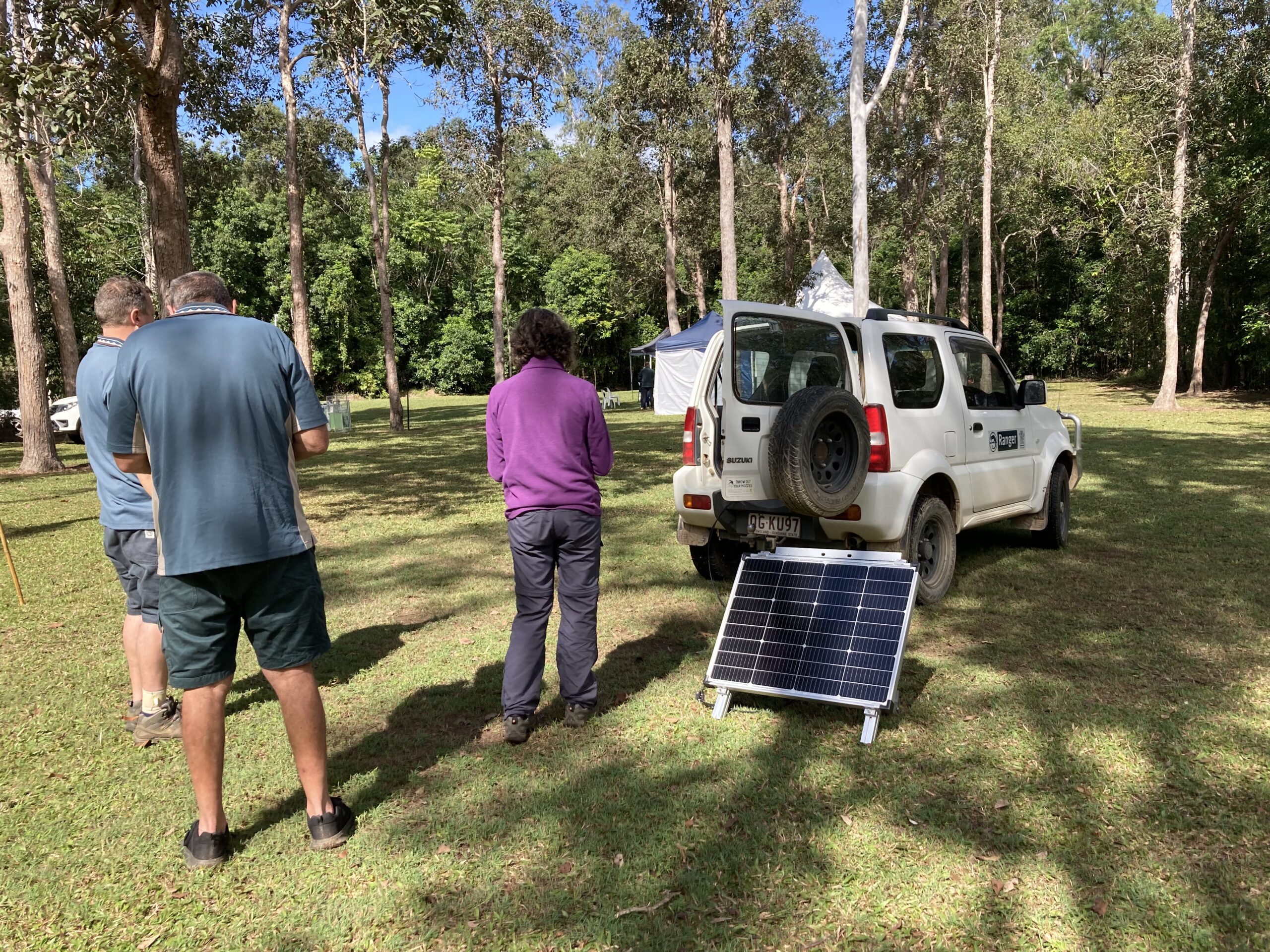Xzibit loves a good creative collaboration—when we’re ‘in tune’ with the stakeholders and contractors and the final project exceeds the sum of its parts.
We’ve wrangled more than a few projects involving a host of parties eager to provide creative input. These projects have ranged from designing visitor centres to interpretive displays for outdoor spaces. Regardless of the project type, we’ve found a few constant factors underpin successful collaborations.
Attitude

A positive attitude buoys projects. We aim to be consistently encouraging and open to other’s ideas. It’s critical to build time into the project to do some blue-sky thinking as a group – designs aren’t then prescribed to others but discussed, tested, refined and ultimately improved.
Strategising
Building a strategy as a team reduces morale-busting and time-killing disagreements and editing rounds. Reviewing why the project is happening and what defines success keeps all parties ‘on track’. Acting strategically ensures the deliverables meet outcomes.
Respecting Environment
What is respecting the environment? Considering the natural surrounds at a site, walking with the team while observing the materials, surfaces, textures, lines, colours and forms. Respect involves letting the environment reveal itself to you; quietly documenting what the place feels, sounds and smells like to objectively capture its unique essence. Notes, photos, recorded audio and video can help trigger memories or share the experience with absent team members. The net result is a project that better reflects and complements a site’s characteristics and place in the landscape (whether urban or outback).
Attitude
A flexible, open-minded attitude enhances design. All team members need to be prepared to embrace when ideas simply don’t propel strategy. Staying open to change and adaptation advances outcomes. As writers say, ‘kill your darlings’, through editing concepts objectively and waving them goodbye if they don’t serve a project’s purpose.

Complementing Architecture
Similar to ‘Environment’, it’s critical to remain mindful of the architecture or built environment at and near project sites. When interrogating design in context of architecture, we reflect on layout, grand vistas, flow, ceiling height, door location, where light is coming from, potential bottlenecks, hero moments, materials and more. *Like architects, our goal is to design a physical space or display that represents our client’s unique story. We share a common aim to seamlessly integrate form and interpretive content.
Attitude

Bringing an attitute of respect and curiosity and wonder to a project yields excellent stories. We strive to meet with and listen to all stakeholders.
Stakeholders steward the story.
And the design, and project, is in the story.



